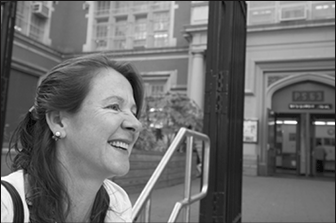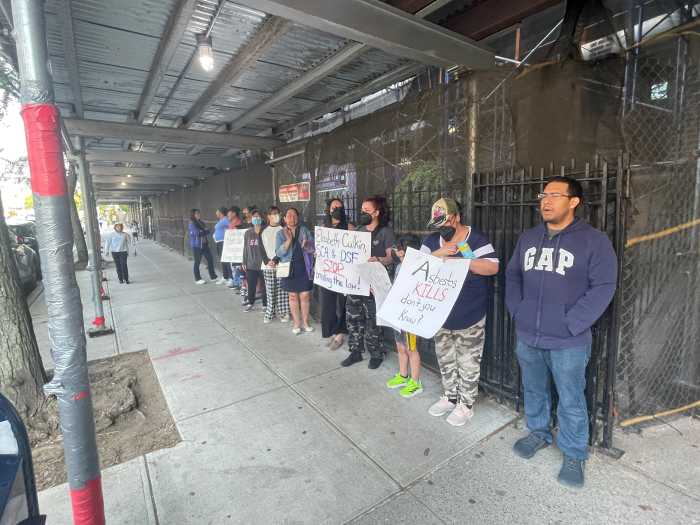By Kara Bloomgarden-Smoke
As the new academic year swings into gear, the community education council of School District 1 is looking forward to setting new goals that reflect the unique nature of the small district.
Mayor Mike Bloomberg created community education councils in 2004 as a replacement for the community school boards; they consist of nine parents and two members appointed by the borough president. A C.E.C member cannot be employed by the Department of Education.
One of the main issues that the District 1 C.E.C is confronting is the reality of mayoral control — the top-down restructuring of the school system that Mayor Bloomberg implemented nearly five years ago.
“I give the mayor a lot of credit for taking on education as an issue, but I disagree with some of his policies,” said Andrew Reicher, who has served on the District 1 C.E.C since its creation four years ago and is currently its first vice president.
One of the smallest in the city, the District 1 C.E.C. covers the East Village and most of the Lower East Side. Not counting local high schools — which are not under C.E.C jurisdiction — District 1 encompasses 25 schools.
A notably distinctive feature is that District 1 schools are not zoned, which means parents can choose to send their children to any school in the district and that students are not automatically assigned to the closest school. In the past, schools that were oversubscribed determined their enrollment by lottery and tried to distribute admissions so that schools reflected the racial, ethnic and gender distribution of the district.
This past June, the U.S. Supreme Court ruled that race could no longer be a factor in school admissions. This policy affects integration efforts, and one task for District 1 will be to figure out a way to maintain diversity while not breaking the law.
“We don’t want to create boutique schools of white people,” said Noel Bush, the newest member of the District 1 C.E.C. “The challenge now is to create an admissions policy that maintains diversity but is not tied into race or ethnicity.”
Another characteristic of District 1 is that pre-kindergarten, which is not required by the city, is regarded as a point of entry. District 1 has universal pre-K and has customarily guaranteed that a pre-K student can continue on in the same school for kindergarten.
Last year, D.O.E tried to enforce the policy that pre-K students must reapply to schools for kindergarten, under which it’s not guaranteed that they automatically get to remain at the same school. Responding to community outrage, D.O.E agreed not to impose this policy for another year, and to take the nature of the community into account. The policy for students leaving pre-K in spring 2008 was to be released before this school year began, but has yet to be unveiled.
“Pre-K as a point of entry was part of the original admissions policy that we are trying to preserve as a unique aspect of District 1, despite mayoral control,” said Lisa Donlan, president of the C.E.C.
Additional issues stemming from mayoral control cited by the C.E.C include the emphasis on standardized testing and principal accountability.
Other goals for this year include examining every school and pushing to modernize the facilities, publicizing the role of the C.E.C, reaching out to parents to encourage involvement, and maintaining the identity and values of the district.
“Until a few years ago, decisions were made at a community level and could differ from district to district,” said Bush. “Decisions need to be made at a local level. We do not live in a computer program.”
C.E.C general meetings are held on the fourth Thursday of every month, and the members encourage parents, teachers and school coordinators and administrators to attend.





































